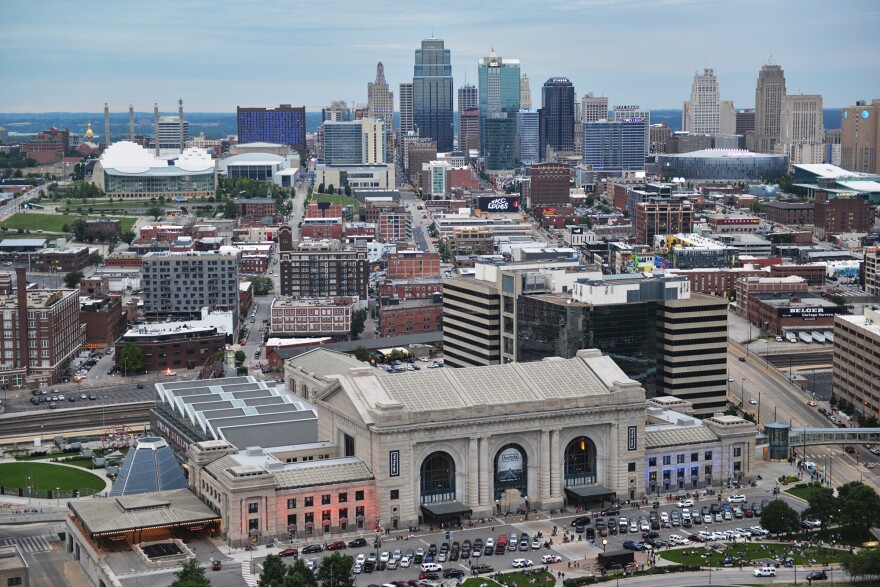Kansas City’s population has surpassed the half-million mark for the first time since the 1970s.
More than 508,000 people now reside in the City of Fountains, according to 2020 data released Thursday by the U.S. Census Bureau. It's the city’s highest population on record.
Kansas City Mayor Quinton Lucas said that the latest Census numbers exceeded all estimates from City Hall.
“Of course there are different levels of growth in the different [districts] that we have,” Lucas said. “But this is a sign for me of a growing, diversifying city with the highest number in population, in the history of Kansas City, Missouri. And I think it shows that we have even more work to do.”
While Kansas City remains Missouri’s second-largest metro area, the entire region demonstrated growth over the last decade — especially suburbs to the north and south. Platte County led the way with nearly 20% growth, increasing its population to 106,718.
“It doesn’t surprise me,” said Platte County presiding commissioner Ron Shieber. “Geographically, we’re in a great place. We’ve got great schools, a great business environment, great amenities. We believe we’re one of the most attractive places to live, at least in our state.”
Clay County was not too far behind with a 14% increase. North Kansas City Mayor Bryant DeLong attributed Clay’s county-wide growth to recent infrastructure projects.
“Here in North Kansas City, we’ve built some apartments. We didn’t quite get enough of them built in time to increase our population more,” DeLong says. "You redo the census, we’ll end up having another thousand-plus.”
DeLong also said that efforts in cities like Smithville, Kearney and Gladstone helped draw more residents to the area.
“I know they’ve been doing a lot of work to improve their downtowns, build new neighborhoods and improve their infrastructure,” DeLong said. “I mean, they've been doing the whole package.”
Overland Park showed the largest gain of any of the metro’s cities, with a nearly 14% increase since 2010. Its population now stands at 197,238.
Kansas City, Kansas, showed a moderate increase with 7.4% change since the last Census, raising its population to 156,000.
The city of St. Louis recorded just 301,000 residents in the 2020 Census, about 18,000 fewer than it had in 2010. And many rural areas in MIssouri saw declines.
Overall, Missouri’s population grew at a rate of 2.8%, just enough to keep the state from losing any seats in the U.S. House of Representatives.






